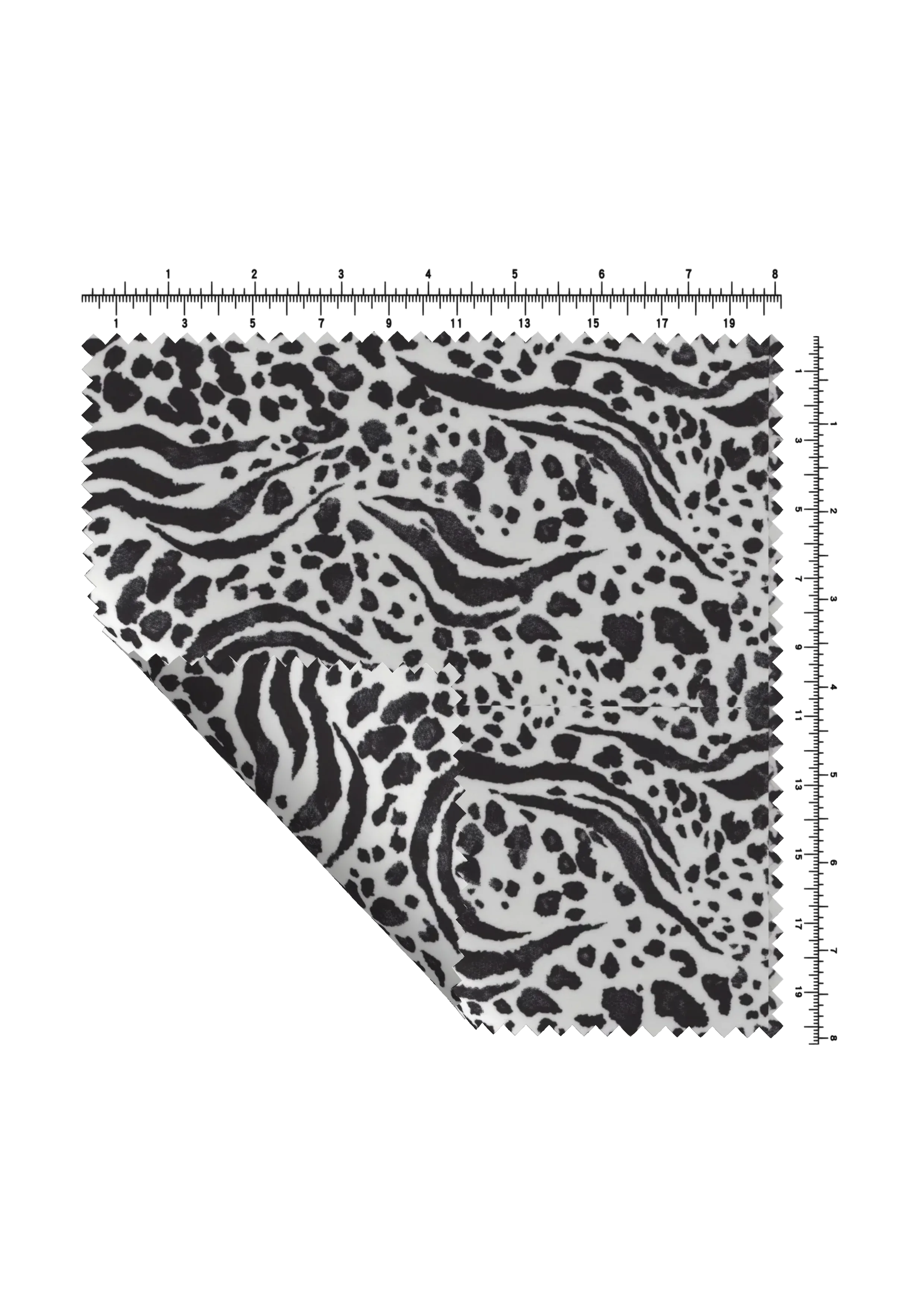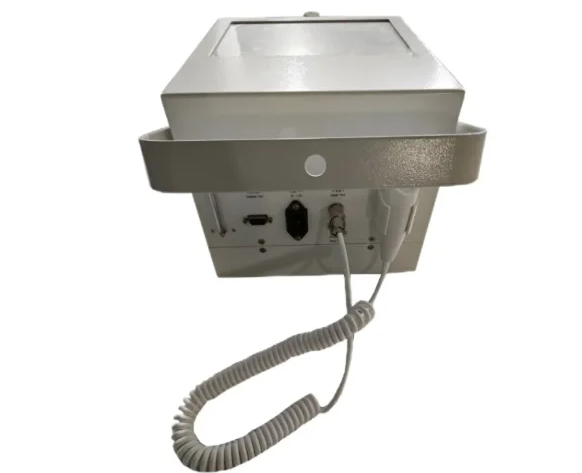
In today's market flooded with counterfeit products, it can be challenging to distinguish between genuine and fake items. This is especially true when it comes to clothing, such as shirts. In this blog post, we will delve into the intricacies of identifying the authenticity of a shirt. By following these expert tips, you can ensure that you are purchasing a genuine product and avoid falling victim to counterfeit scams.
- Examine the Label:
The first step in determining the authenticity of a shirt is to carefully inspect the label. Genuine shirts will have a label that is neatly stitched, with clear and accurate information. Look for any misspellings, grammatical errors, or inconsistencies in the font and logo. Additionally, check for the presence of a hologram or unique serial number, as many brands incorporate these security features to combat counterfeiting. - Assess the Fabric Quality:
Authentic shirts are crafted from high-quality materials, which directly affects their durability and overall feel. Run your fingers over the fabric and pay attention to its texture. Genuine shirts will have a smooth and even texture, with no loose threads or irregularities. Additionally, familiarize yourself with the fabric commonly used by the brand you are interested in, as counterfeiters often use cheaper materials that can be easily identified by experienced buyers. - Inspect the Stitching:
The stitching of a shirt can reveal a lot about its authenticity. Genuine shirts will have precise and consistent stitching throughout, with no loose threads or uneven seams. Examine the collar, cuffs, and hemline for any signs of poor craftsmanship. Pay attention to the thread color, as counterfeiters may use a different shade or lower-quality thread, which can be a telltale sign of a fake shirt. - Analyze the Buttons and Fastenings:
Buttons and fastenings are often overlooked when determining the authenticity of a shirt. Genuine shirts will have buttons that are securely attached, with no signs of loose or uneven stitching. Check the button material, as some brands use unique and distinctive buttons that counterfeiters may struggle to replicate accurately. Additionally, examine the buttonholes for neatness and precision. - Seek Professional Opinion:
If you are still unsure about the authenticity of a shirt, it is always advisable to seek a professional opinion. Visit an authorized retailer or contact the brand directly to verify the product's authenticity. Many brands have dedicated customer service teams that can assist you in determining if a shirt is genuine or counterfeit.
Conclusion:
Identifying the authenticity of a shirt requires a keen eye for detail and familiarity with the brand's characteristics. By carefully examining the label, fabric quality, stitching, buttons, and seeking professional opinions when necessary, you can confidently determine if a shirt is genuine. Remember, investing in authentic products not only ensures quality but also supports the brand and discourages counterfeit practices. Stay vigilant and make informed choices to avoid falling prey to counterfeit scams.


